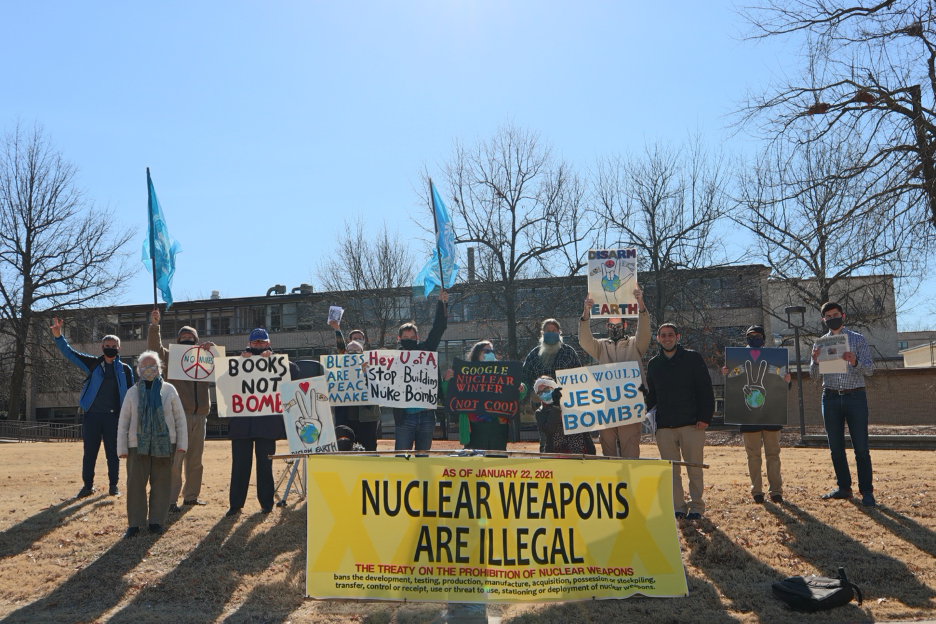
Peace Activists Conduct a Public Shaming of the University of Arkansas for its Links to a Prominent Nuclear Bomb Parts Supplier for the U.S. Government
On Friday, January 22nd, a group of peace activists held a rally on the University of Arkansas campus in Fayetteville to protest a contract between the university’s engineering department and Honeywell International, which produces 85% of the non-nuclear components of nuclear bombs under a $900 million government contract.
The activists then took a petition signed by 342 people to university administrators and the department of engineering.
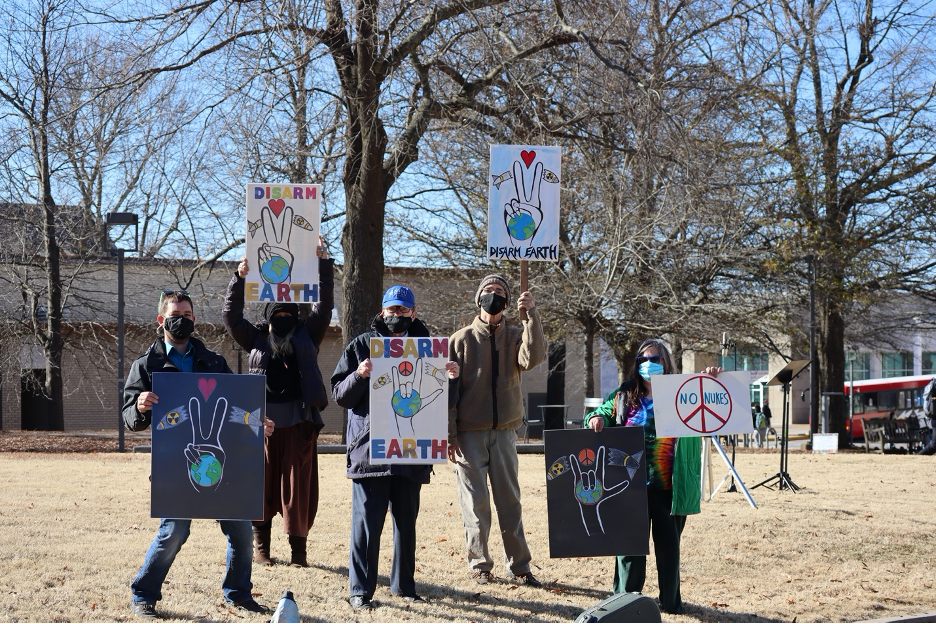
The protest was timed to take place on January 22, 2021, the same day that the landmark United Nations ban on nuclear weapons—making them illegal under international law—went into effect.
It is hoped that this will be the first in a growing series of such protests throughout the U.S. and the rest of the world.
Unfortunately, the nine nuclear powers—the United States, Russia, France, China, Great Britain, Pakistan, India, Israel, and North Korea—took not the slightest notice of the new United Nations ban, thus making its effect largely symbolic.
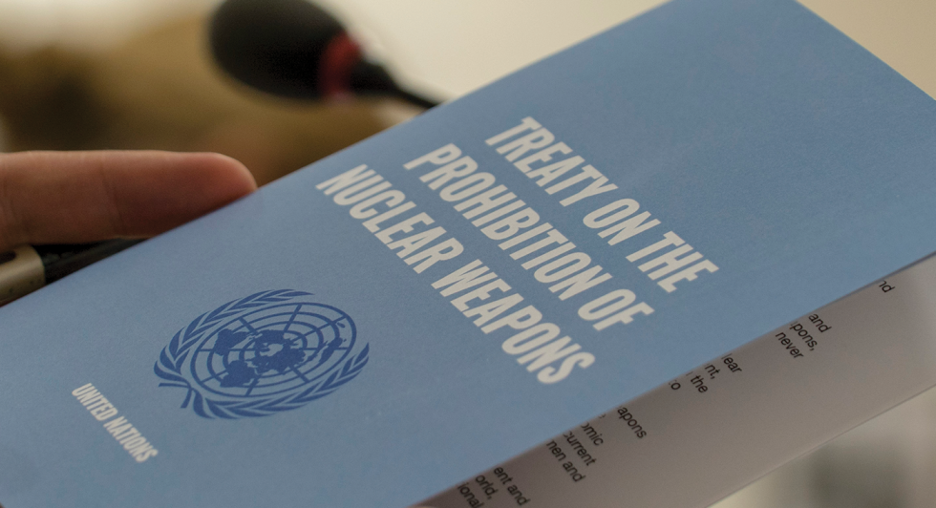
Dick Bennett, a 1953 ROTC graduate at the University of Arkansas who taught for many years in the University’s English department, was nevertheless optimistic at the rally, stating that he had spent most of his life
wishing for such a ban [on nuclear weapons]. This is one of the most important days in all of history for saving the planet for our children, grandchildren and great-grandchildren, the beginning of the end of nuclear weapons.

Dick Bennett speaking on the campus of the University of Arkansas which he attended as a student in the early 1950s. [Source: Photo courtesy of Pauline Mtpl] 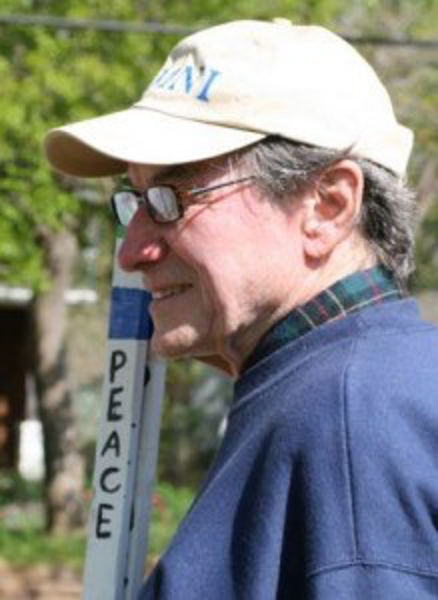
Dick Bennett [Source: omnicenter.org]
Bennett is the founder of the OMNI Center for Peace, Justice and Ecology which organized the January 22nd protest in Fayetteville.
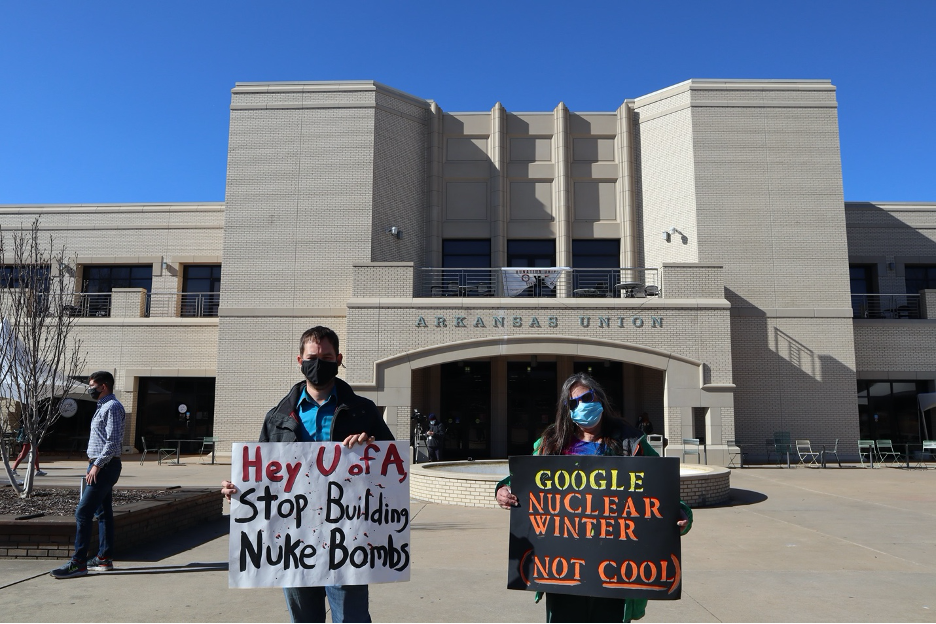
Event organizer Abel Tomlinson, in his speech, quoted from Martin Luther King Jr.’s Nobel Peace Prize acceptance speech in December 1964 in which King stated:
I refuse to accept the cynical notion that nation after nation must spiral down a militaristic stairway into the hell of thermonuclear destruction. I believe that unarmed truth and unconditional love will have the final word in reality. This is why right temporarily defeated is stronger than evil triumphant.
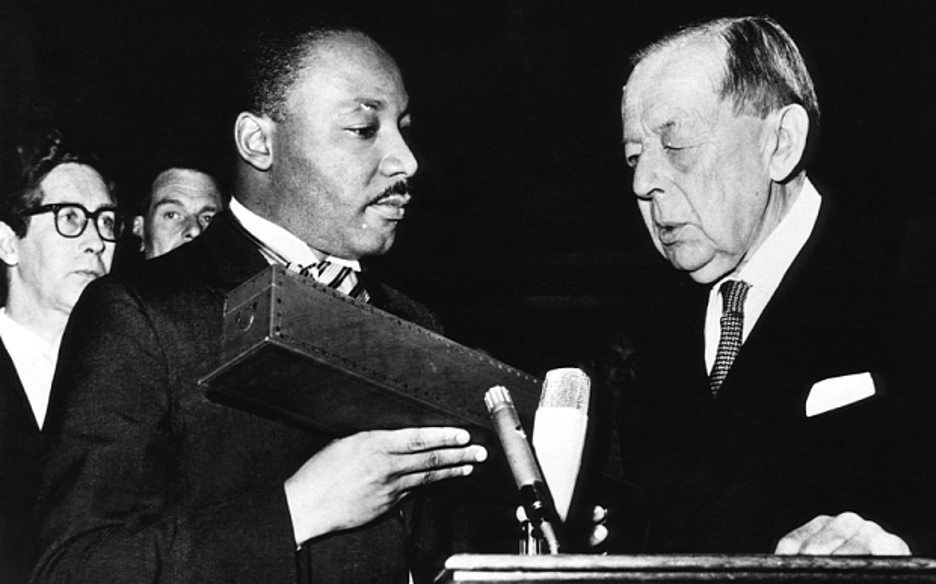
Tomlinson further quoted from Daniel Ellsberg, the famed Pentagon whistleblower who wrote in his book The Doomsday Machine about the cavalier attitude toward nuclear winter by Pentagon planners and the fact that the authority to use nuclear weapons extends to low-level military commanders.

The University of Arkansas is listed in a report produced by the International Campaign to Abolish Nuclear Weapons (ICAN) entitled “Schools of Mass Destruction” as one of fifty U.S. universities that are involved in nuclear weapon production.
According to Tomlinson this epitomizes how the U of A has betrayed its core mission of trying to help create a better world.
Kelly Mulhollan, the lead singer in the folk band Still on the Hill which sang at the rally, said that “if more people knew the university was involved with nuclear weapons production, they would be shamed into disengaging with Honeywell.”
“Few would think this is a smart thing for the university to be involved with and most would be shocked to find out. We need to stop thinking about new and improved nuclear devices and need to turn the spigot off.”
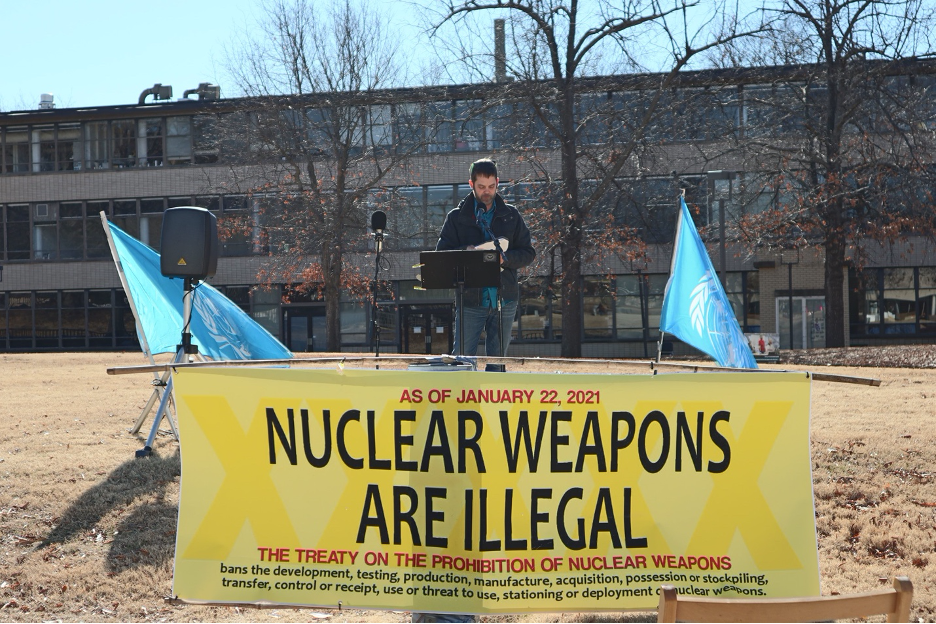
Abel Tomlinson [Source: Photo courtesy of Pauline Mtpl] 
Still on the Hill performs at the January 22nd rally. Mulhollan is on the left. [Source: Photo courtesy of Pauline Mtpl]
Razorbacks Sell Out
Under the terms of the Honeywell agreement, which was signed in 2017, University of Arkansas researchers work with the Kansas City National Security Campus for the U.S. Department of Energy’s National Nuclear Security Administration, which is managed and operated by Honeywell.

The campus is a high-tech facility that has more than 3,000 employees and specializes in science-based and additive manufacturing. It provides diverse engineering and manufacturing for national security.
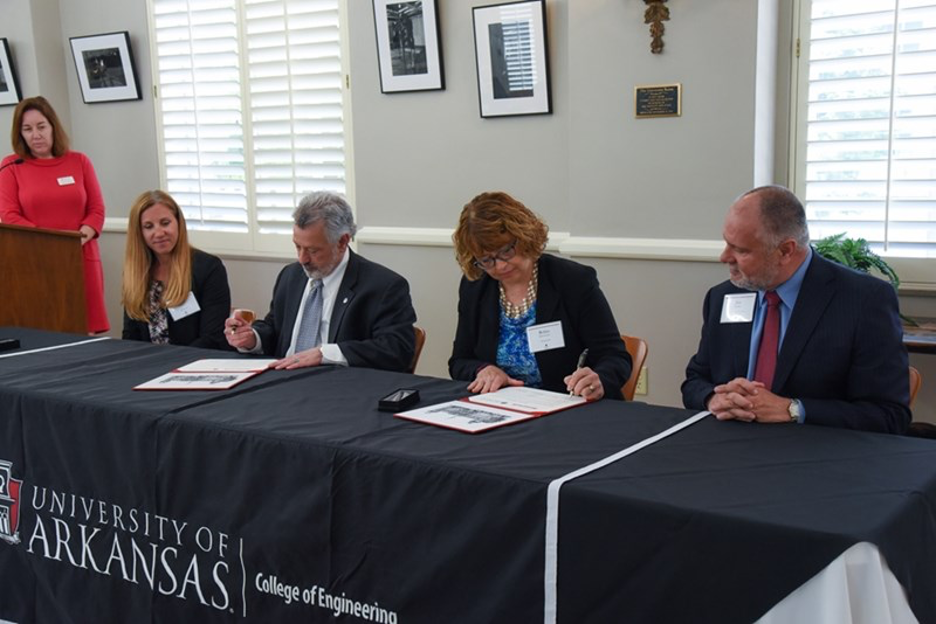
The provost and executive vice chancellor for academic affairs at the time, Jim Coleman, who has since left the university, said
two of our guiding priorities at the University of Arkansas are building a collaborative and innovative campus and enhancing our research and discovery mission, and this master collaboration agreement furthers both…. Master collaboration agreements like this help us advance our research mission and our obligation to the state to advance science, and the College of Engineering is setting the pace with collaborative partnerships with industry.

These words put a positive spin but do not mention the military uses of the research and its contribution to the creation of a now-outlawed weapon that could kill thousands of people.
Mark Rushing, the Associate Vice Chancellor for University Relations, said in a statement on January 27th, 2021,
the university’s agreement with Honeywell is not a ‘nuclear weapons contract’ but is simply a technology research collaboration agreement concerning topics of mutual interest to the university and Honeywell including a student component focused on senior design projects. All areas of collaboration are lawful and appropriate, and the collaboration has been beneficial to the university’s research mission.
Rushing significantly did not deny that, under the agreement, University of Arkansas students assist in nuclear weapons development, specifying only that the contract was for research collaboration which could be in a number of different areas including nuclear or other conventional weapons development with which Honeywell is engaged.
The Pentagon’s Strategic Recalibration and Illusion of Low-Yield Nukes
The University of Arkansas’ Honeywell contract exemplifies the growing importance of universities to the United States nuclear modernization program, which is projected to cost taxpayers $500 billion over the next ten years—or $100,000 per minute—and $1.7 trillion over the next thirty years.
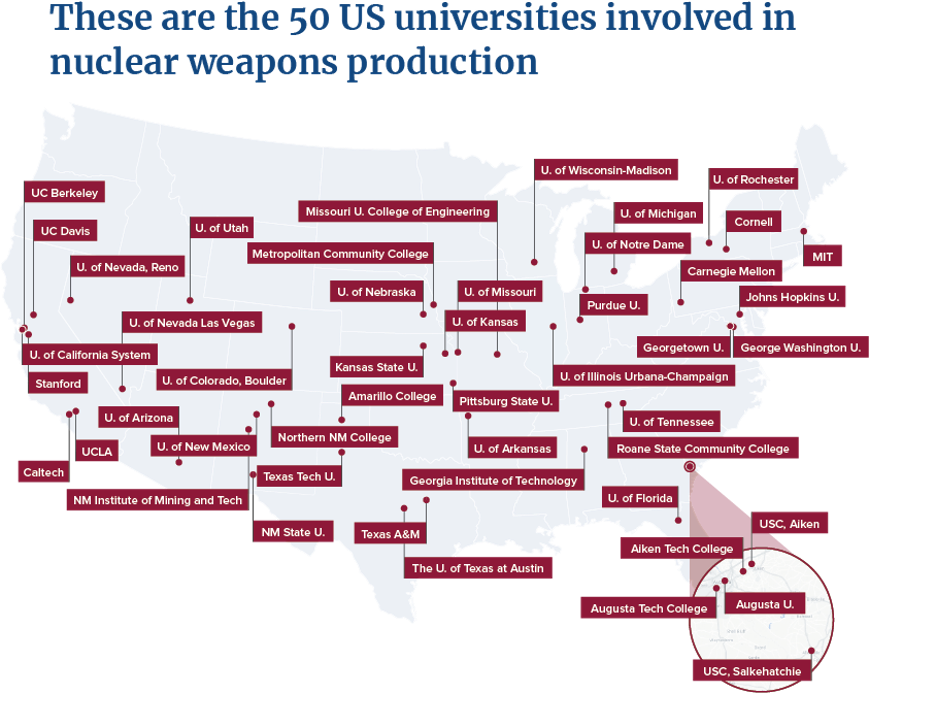
In the last five years, the Pentagon has set out to recalibrate the military’s focus away from the Middle East and toward renewed “great power competition” with China and Russia, which have become more assertive in challenging U.S. global hegemony.

Honeywell not only produces nuclear weapons but also crucial components of Intercontinental Ballistic Missiles (ICBMs) and Trident submarine-launched ballistic missiles, which have capability of penetrating Russian air defenses.
In 2018, the House of Representatives passed a bill approving low-yield variant nuclear weapons which were modified to deploy on Trident missiles. The illusion was that, since the nukes were “low yield,” their impact would not be so devastating.
Former Secretary of State George Shultz stated in response that “a nuclear weapon is a nuclear weapon. You use a small one, then you go to a bigger one. I think nuclear weapons are nuclear weapons and we need to draw the line there.”
Shultz signed a letter to then-President Donald Trump along with former California Governor Jerry Brown, former Defense Secretary William J. Perry, former Chairman of the Senate Foreign Relations Committee Richard Lugar (R-Ind.) and former presidential candidate Gary Hart stating: “the greatest concern about the proposed low-yield Trident warhead is that the president might feel less restrained about using it in a crisis.”
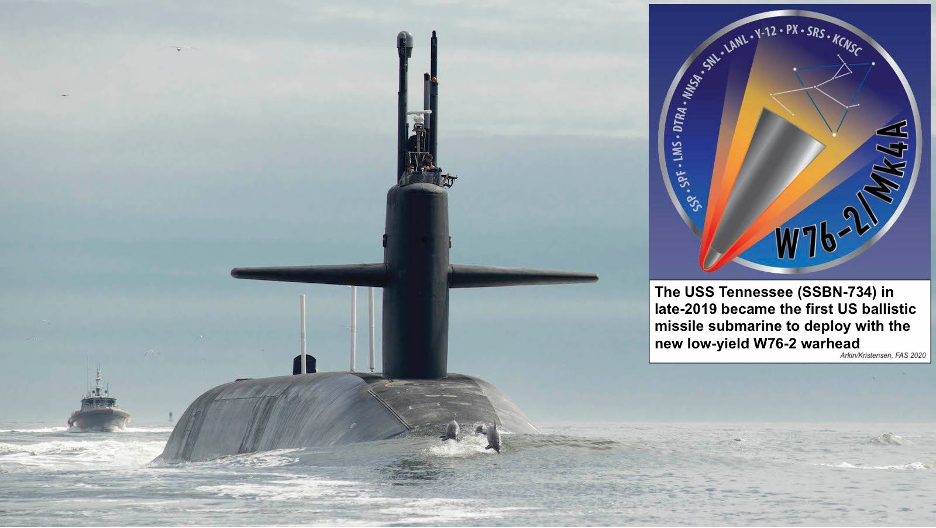
Merchant of Death: Honeywell’s History of War Profiteering
Honeywell embodies all the contradictions of the “American Century,” including the repeated misuse of science for violently destructive ends.
In the 1960s, Honeywell created mini-computers that formed the backbone of ARPANET (forerunner of the internet), and produced over 16,000 parts that were used in 14 electronic devices in the Apollo 11, which carried out the first moon landing in July 1969.
Honeywell has also been a long-standing war profiteer.
Founded in 1885 by inventor Albert Butz, who developed a prototype thermostat to help heat homes, Honeywell recorded revenues of $33 billion in 2020 and $36 billion for 2019.

Its innovative products include infrared imaging to help screen temperatures for Covid-19, cut resistant gloves for gardening, a fluorinated compound that keeps foods fresh longer, technology that can measure air quality, and new innovations in cyber-security.
Honeywell also produces components for the Orion spacecraft, flight control and propulsion systems used in Unmanned Aerial Vehicles (UAVs) and urban air mobility vehicles, sensor systems for helicopter pilots, and most recently facial recognition software.
During World War II, Honeywell entered the war industry when it was given the contract to manufacture the Norden bombsight, an analog computer that was crucial for improving bombing accuracy, along with an autopilot system that was used in the Enola Gay bomber that dropped the atomic bomb over Hiroshima.


Hiroshima was leveled with the “Fat Bomb” dropped by the United States on August 6, 1945, killing hundreds of thousands of people in an instant. [Source: jimsjunket.com] 
The charred remains of a victim found near the hypocenter of the Nagasaki blast from a second atomic bomb dropped 3 days after Hiroshima. [Source: quora.com]
The atomic bombs dropped on Hiroshima and Nagasaki killed between 129,000 and 226,000 people, most of whom were civilians. Subsequent reporting indicates the U.S. government had already cracked the Japanese code and knew the Japanese were going surrender, hence the futility of these crimes against humanity.
In the 1960s, as the largest military contractor in the state of Minnesota, Honeywell manufactured nuclear and jet aircraft guidance systems along with cluster bombs, which released deadly submunitions designed to maximize civilian casualties.
In 1972, according to a report in the Harvard Crimson, Honeywell’s contract for anti-personnel weaponry totaled $73.7 million.
This included for the production of Rockeye antipersonnel bombs, which hurled out high-speed molten steel splinters that were blasted into the bodies of the victims, causing massive internal infections and injuries.
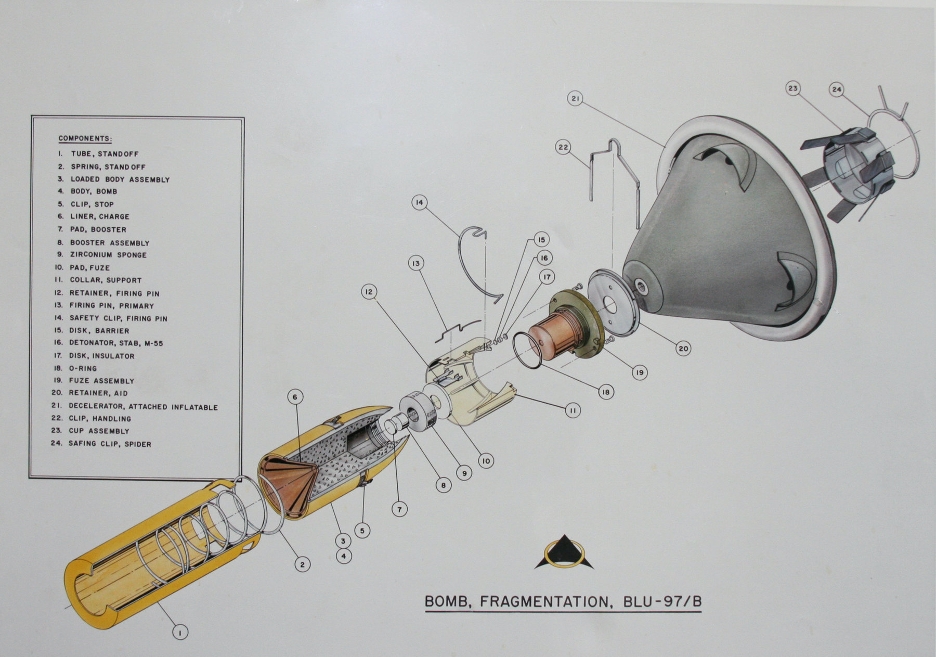
In the late 1960s and 1970s, about 90 million of these bombs were released on Laos and millions more on Cambodia and Vietnam, probably killing and maiming more non-combatants than any other weapon in the Indochina War.

Ten to thirty percent of the bombs detonated years later, killing or maiming many more.

Besides cluster bombs, Honeywell was involved in the development of deadly land mines and napalm, or jellied gasoline that burns the flesh, which has also been banned by the UN.

A Harvard professor, Ugo O. Gagliardi, helped Honeywell develop a massive military intelligence system, known as the World Wide Military Command and Control System.
It performed 24 hours per day seven days per week during the 1991 Operation Desert Storm (U.S. invasion of Iraq), providing critical data to combat commanders.
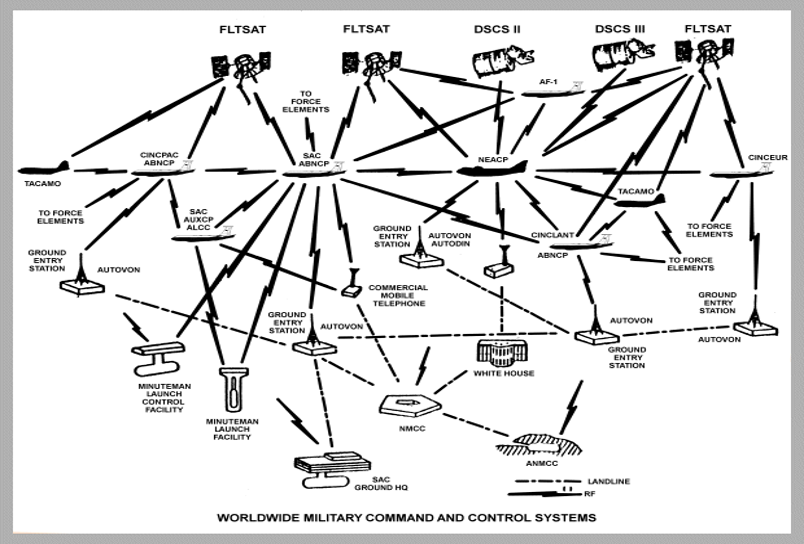
Many regional centers were equipped with Honeywell 6000 computers and common programs so there could be a rapid exchange of information among them.
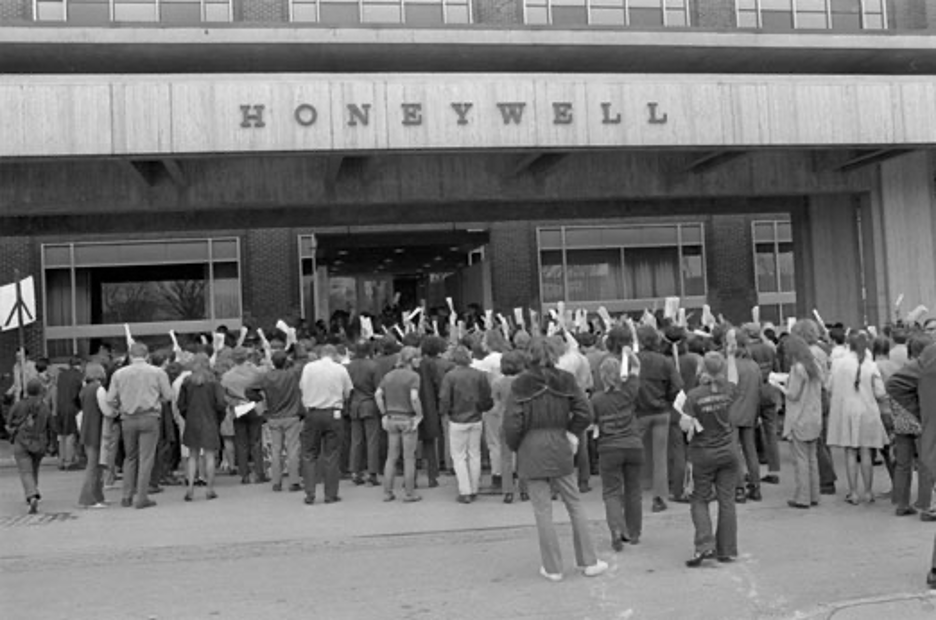
In 1968, Marv Davidov, a “Freedom Rider” and antiwar activist from Detroit, spearheaded the “Honeywell Project,” a protest against Honeywell continuing through 1990 that attracted some well-known scientists and legendary activists like Daniel and Philip Berrigan.

Marv Davidov before his death in 2012. Davidov said that “to be moral in America is to be subversive.” [Source: twincities.com] 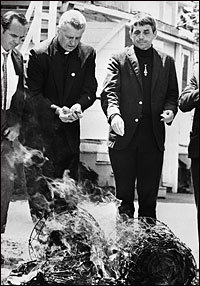
Roman Catholic Priests Philip Berrigan (left) and his brother, Daniel Berrigan, (right) were arrested along with seven other people after breaking into a Selective Service office in Catonsville, Md., and burning draft records with homemade napalm. [Source: npr.org]
A main target of the Honeywell Project in the 1980s was Honeywell’s work on guidance systems for the Pershing II nuclear missile, and on the M-X (missile experimental), which Vice President Walter Mondale (1977-1981) called “the most terrible weapon ever devised.”
Mark Paquette, who directed the company’s testing on Pershing II, repudiated the work he did, citing the principle developed at the Nuremberg trials that “the responsibility for one’s actions lies with one’s self, no matter who gives the orders.”
Paquette told the New York Times in September 1987 that what he did for Honeywell “was nothing less, and probably more, than the designing of the Nazi gas chambers.”
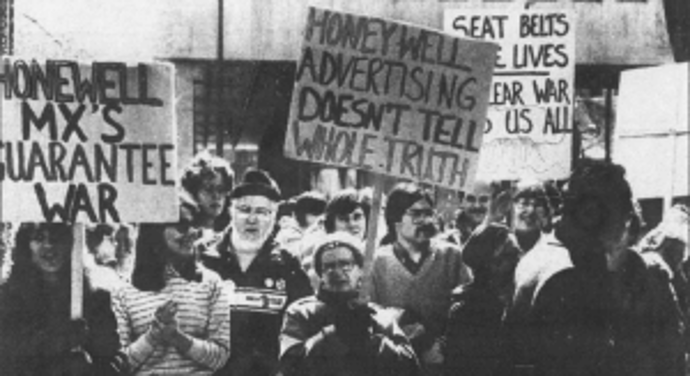
In 1986, 98 supporters of the Honeywell Project were arrested protesting the use of Honeywell-made weapons and components used in the illegal U.S. bombing of Libya, which killed over 100 civilians.[1]
All totaled, throughout the 1980s, 2,200 activists were arrested and served a combined two years in jail.
Davidov was arrested 25 times over the years, and the FBI amassed a file on him that numbered some 1,200 pages as FBI agents infiltrated the Honeywell project.[2]
In a February 1974 article in the Harvard Crimson on Honeywell and cluster bombs, Lee Penn wrote: “a corporation so plainly tainted by human blood should not be allowed to produce war material without protest.”
The OMNI peace group in Fayetteville is the latest to ensure they will not be.
Schools of Mass Destruction

ICAN’s “Schools of Mass Destruction” report emphasized that Honeywell has initiated at least ten master collaboration agreements with universities since 2015 for the purpose of “facilitating closer collaboration on research and development of new technology to meet national security needs.”
Honeywell’s work at the Kansas City National Security campus, of which the University of Arkansas is considered part, includes the manufacture, evaluation and testing of nonnuclear components necessary for the production of nuclear weapons.
Funding from the Department of Defense to higher education institutions has generally increased by more than 60% in the past thirty years.
Johns Hopkins University received $828 million in grants from the Department of Defense in 2017 alone—double the amount of any other university—including a $92 million contract with its Applied Physics Laboratory for nuclear weapons development.
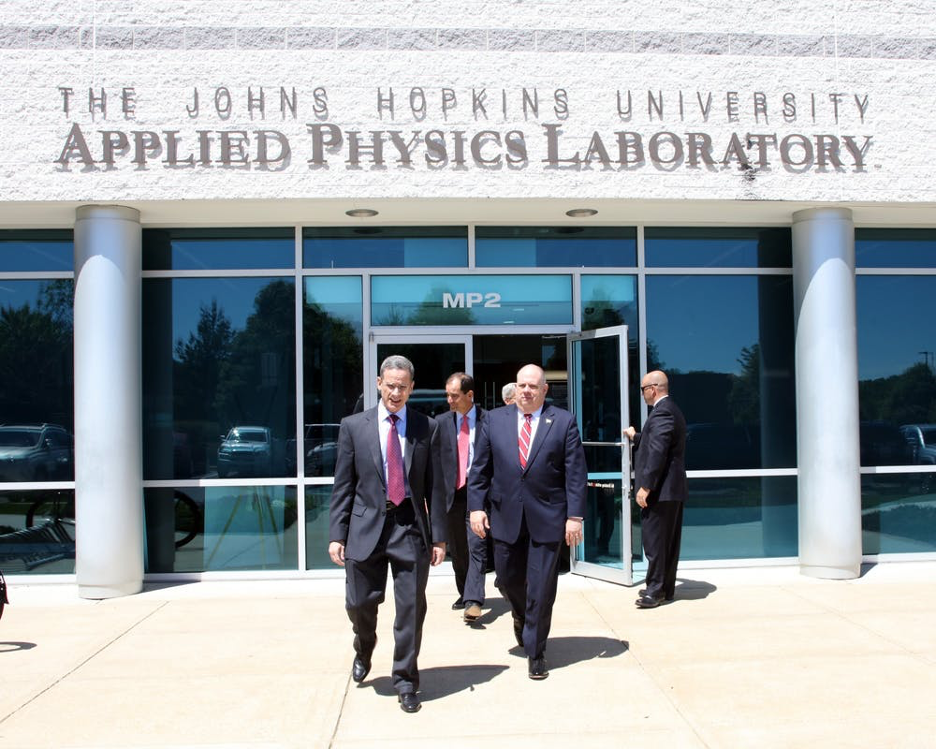
The MIT-affiliated Draper Laboratory, a target of student protests during the Vietnam War, signed a $370 million contract for nuclear missile guidance systems development, while engineers at MIT’s Lincoln Laboratory worked on command and control terminals that underpin the SATCOM system for the nation’s nuclear forces.
U.S. universities have been involved in nuclear weapons production since the Manhattan Project, which received support from the University of Chicago, the University of California at Berkeley, Princeton, Harvard, Caltech, MIT, Purdue, the University of Rochester, and Iowa State University.

Some of these schools went on to participate in unethical studies on the effects of radiation on human subjects through the 1970s.
During the 1960s, student protests forced some universities to divorce themselves from nuclear weapons production, and the Atomic Energy Commission subsequently tried to move nuclear research off the campuses.
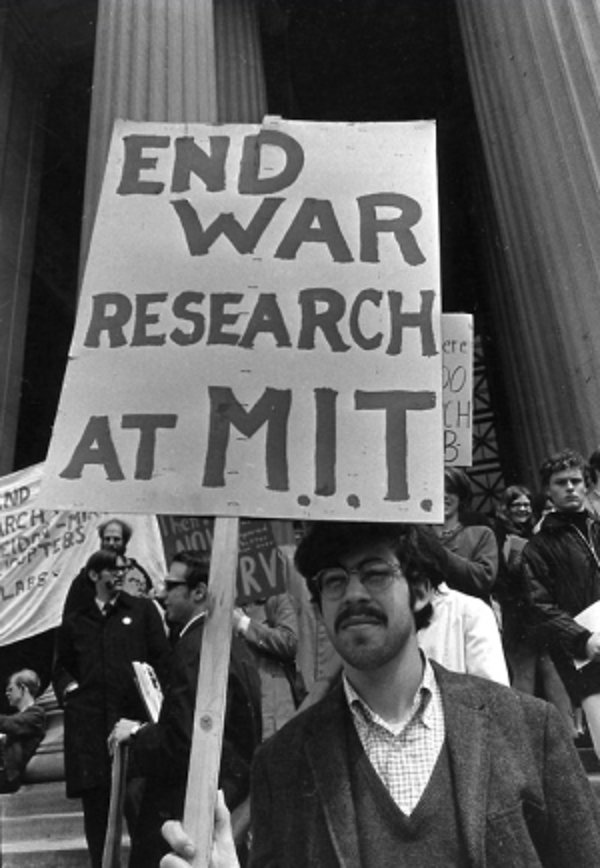
However, the Global War on Terror and the onset of the Obama and Trump administrations’ nuclear weapons modernization programs, have reversed this latter trend.
According to the “Schools of Mass Destruction” report, the schools that are most complicit in nuclear weapons production are Johns Hopkins, Texas A&M, the University of New Mexico and the University of California, which has “continuously managed the primary nuclear weapons labs for the United States since World War II”—even though the state of California supports a ban on nuclear weapons.
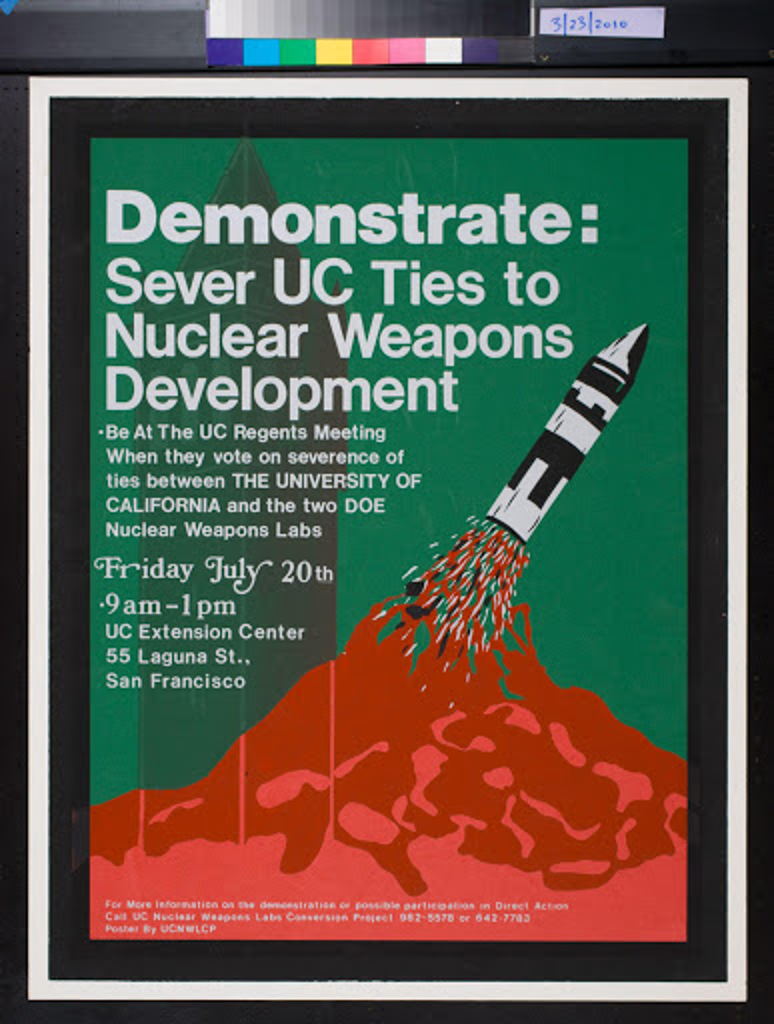
Besides direct financial incentive, a motive for universities in pursuing agreements like that of the University of Arkansas and Honeywell is job placement: Many University of Arkansas grads find jobs with Honeywell, which is good for the university’s alumni and public relations offices.
The university has also recently entered the ranks of top-tier research universities.
The Corporatized U
The Honeywell contract is not just reflective of the growing militarization but also corporatization of higher education, of which the University of Arkansas is emblematic.
On a recent visit to the engineering department to accompany Abel Tomlinson as he delivered the petitions, I was struck by the fact that the lecture halls were sponsored by corporations.
Many campus buildings bear the name of Walmart founder Sam Walton—who founded his first store in Bentonville, Arkansas—and the business school is named after him.
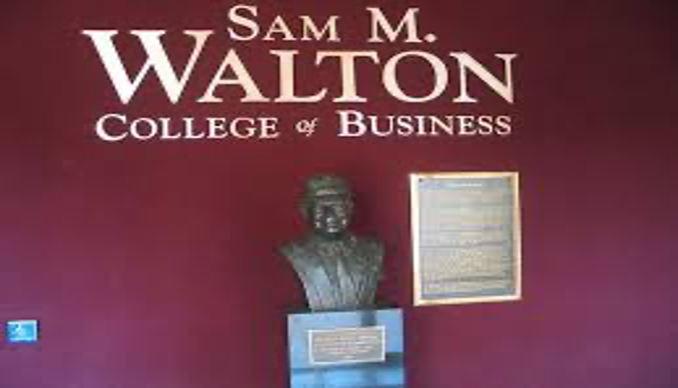
In 2020, the Walton family charitable support foundation gave a $194 million donation—one of the most significant private gifts ever given to a university—which will be used to enhance research into food systems and the future of foods and bioengineering research, and to commercialize research and entrepreneurship.[3]
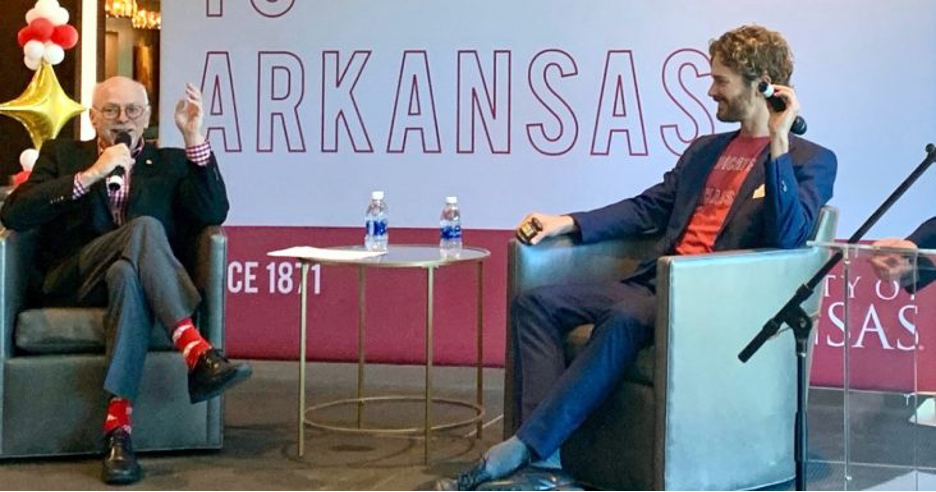
The school of agricultural sciences at the U of A is named after Don Tyson, the CEO of Tyson Foods, the largest U.S. chicken producer, who gave millions of dollars in donations to the university.

Tyson Foods was fined $2 million for dumping copious amounts of chicken waste into the Arkansas River in violation of the Clean Water Act and was accused of egregious cruelty toward animals.[4]
Walmart is known for its anti-union policies and poor treatment of workers, along with its decimation of small-town retailers and sale of sweatshop-made products.
When these kinds of companies, and military contractors like Honeywell, are providing huge donations and receiving valuable contracts, the quality of education is invariably sacrificed—along with the prospect for political activism, which can be a valuable aspect of education.
None of the January 22nd protest organizers, significantly, was a U of A student, and opposition among students and faculty to the Honeywell contract has been very limited to this point.
Kelly Mulhollan, the singer and current president of OMNI, stated at the protest that the central issues they were trying to raise—most notably the danger of the new nuclear arms race and corruption of higher education—have been “largely obscure in the mainstream at the moment, which is the reason we need to be here, even if the numbers are small.”
These numbers will only grow by a concerted campaign of public education that is made more difficult by the increasingly authoritarian political climate and atomization of the public.
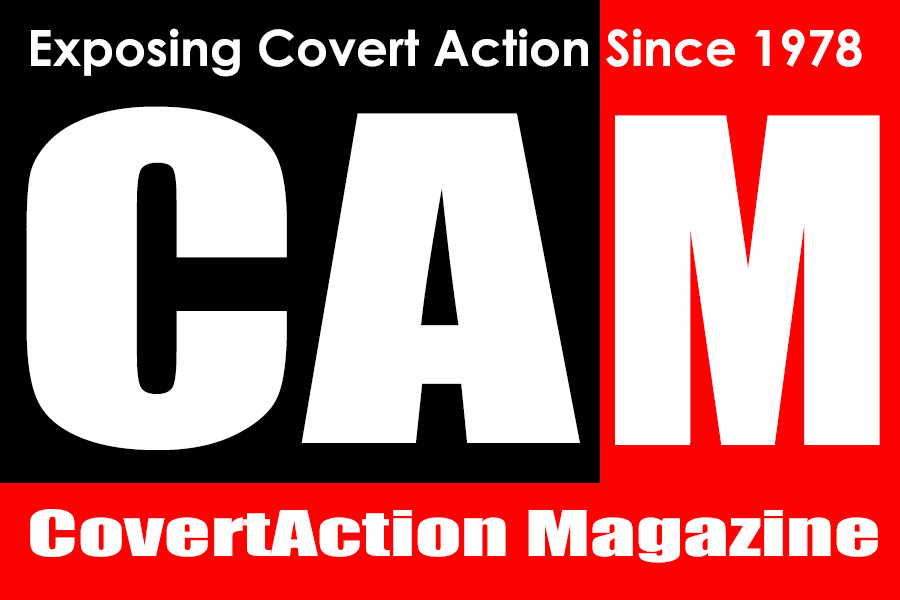
[1] Previously the Honeywell Project had protested Honeywell for the manufacture of cluster bombs that were used by Israeli forces in 1982 in Lebanon.
[2] Honeywell plants were bombed by movement activists in Wellesley, Massachusetts, and Portland, Oregon. The FBI files interestingly reveal instances of fraud on the part of Honeywell and illegal political donations.
[3] In 2017, the Walton foundation funded a new School of Art at the University of Arkansas, and in 2002, had provided a $300 million gift, nearly double the size of the university’s endowment and the largest donation to a public university to that point in U.S. history. The business college was named after Walton in 1998 after he gave a $50 million gift.
[4] Don Tyson, who provided Bill Clinton with large cash payments when he was Governor of Arkansas in the 1980s, was accused of smuggling “cocaine in the rectums of chickens transported on Tyson company trucks” in suppressed police investigations. See George Carpozi, Jr., Clinton Confidential: The Climb to Power: The Unauthorized Biography of Bill and Hillary Clinton (Del Mar, CA: Emery Dalton Books, 1995).
CovertAction Magazine is made possible by subscriptions, orders and donations from readers like you.
Blow the Whistle on U.S. Imperialism
Click the whistle and donate
When you donate to CovertAction Magazine, you are supporting investigative journalism. Your contributions go directly to supporting the development, production, editing, and dissemination of the Magazine.
CovertAction Magazine does not receive corporate or government sponsorship. Yet, we hold a steadfast commitment to providing compensation for writers, editorial and technical support. Your support helps facilitate this compensation as well as increase the caliber of this work.
Please make a donation by clicking on the donate logo above and enter the amount and your credit or debit card information.
CovertAction Institute, Inc. (CAI) is a 501(c)(3) non-profit organization and your gift is tax-deductible for federal income purposes. CAI’s tax-exempt ID number is 87-2461683.
We sincerely thank you for your support.
Disclaimer: The contents of this article are the sole responsibility of the author(s). CovertAction Institute, Inc. (CAI), including its Board of Directors (BD), Editorial Board (EB), Advisory Board (AB), staff, volunteers and its projects (including CovertAction Magazine) are not responsible for any inaccurate or incorrect statement in this article. This article also does not necessarily represent the views the BD, the EB, the AB, staff, volunteers, or any members of its projects.
Differing viewpoints: CAM publishes articles with differing viewpoints in an effort to nurture vibrant debate and thoughtful critical analysis. Feel free to comment on the articles in the comment section and/or send your letters to the Editors, which we will publish in the Letters column.
Copyrighted Material: This web site may contain copyrighted material the use of which has not always been specifically authorized by the copyright owner. As a not-for-profit charitable organization incorporated in the State of New York, we are making such material available in an effort to advance the understanding of humanity’s problems and hopefully to help find solutions for those problems. We believe this constitutes a ‘fair use’ of any such copyrighted material as provided for in section 107 of the US Copyright Law. You can read more about ‘fair use’ and US Copyright Law at the Legal Information Institute of Cornell Law School.
Republishing: CovertAction Magazine (CAM) grants permission to cross-post CAM articles on not-for-profit community internet sites as long as the source is acknowledged together with a hyperlink to the original CovertAction Magazine article. Also, kindly let us know at info@CovertActionMagazine.com. For publication of CAM articles in print or other forms including commercial internet sites, contact: info@CovertActionMagazine.com.
By using this site, you agree to these terms above.
About the Author

Jeremy Kuzmarov holds a Ph.D. in American history from Brandeis University and has taught at numerous colleges across the United States. He is regularly sought out as an expert on U.S. history and politics for radio and TV programs and co-hosts a radio show on New York Public Radio and on Progressive Radio News Network called “Uncontrolled Opposition.”
He is Managing Editor of CovertAction Magazine and is the author of six books on U.S. foreign policy, including Obama’s Unending Wars (Clarity Press, 2019), The Russians Are Coming, Again, with John Marciano (Monthly Review Press, 2018), Warmonger. How Clinton’s Malign Foreign Policy Launched the U.S. Trajectory From Bush II to Biden (Clarity Press, 2023); and with Dan Kovalik, Syria: Anatomy of Regime Change (Baraka Books, 2025).
Besides these books, Kuzmarov has published hundreds of articles and contributed to numerous edited volumes, including one in the prestigious Oxford History of Counterinsurgency .
He can be reached at jkuzmarov2@gmail.com and found on substack here.
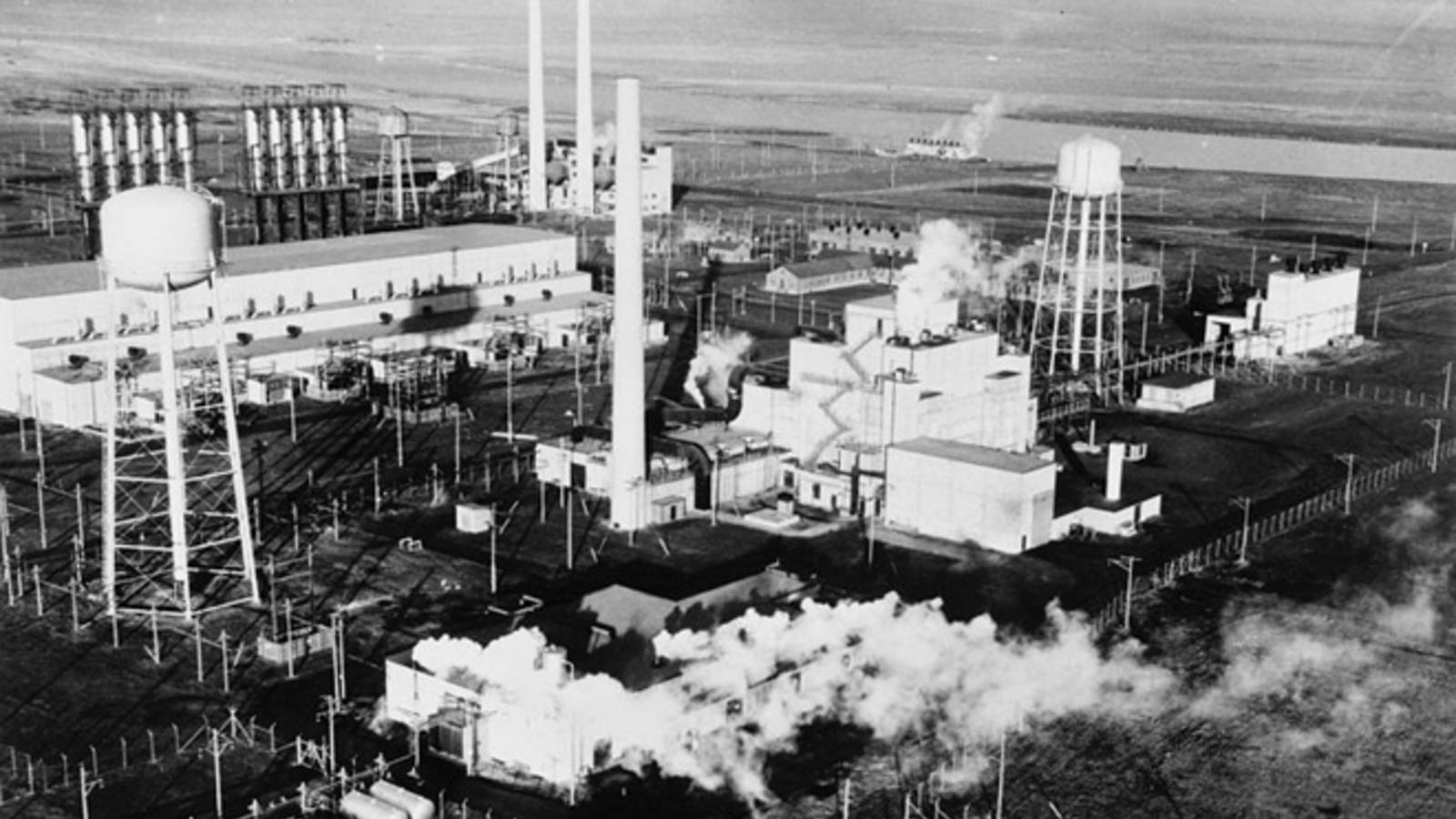

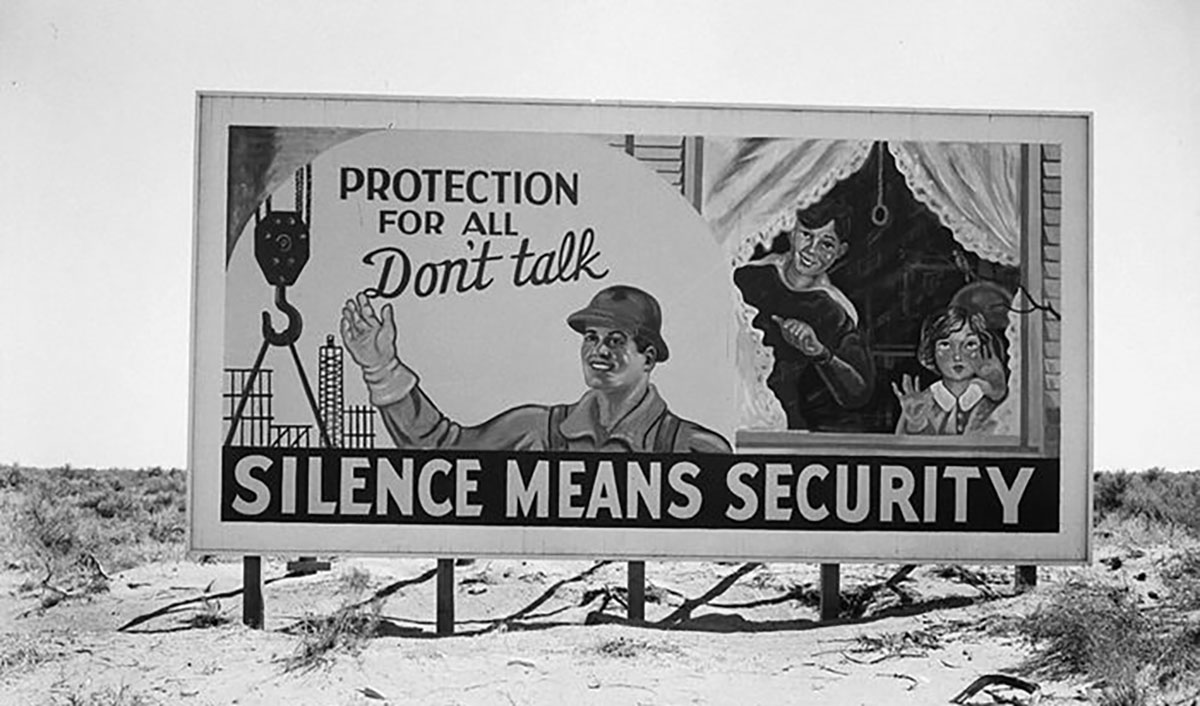




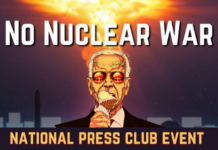


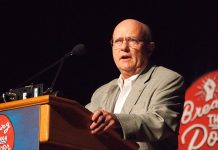



Imagine that common ground. Here’s a problem that both the left and the right could unite behind!
In reply to: xenonmanichael S Sidney Goodman: See our archives. More recently, see: James Petras’ piece entitled “De-Briefing Academics: Unpaid Intelligence Informants,” published on May 6, 2018. See https://covertactionmagazine.com/2018/05/06/de-briefing-academics-unpaid-intelligence-informants/
Why be surprised? Most people will do ANYTHING for a buck.
What about the ties between universities and the intelligence community??